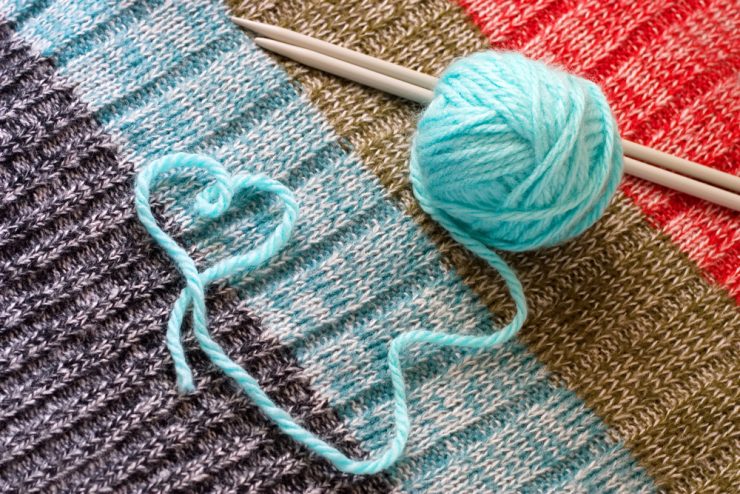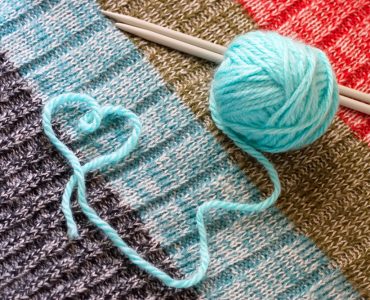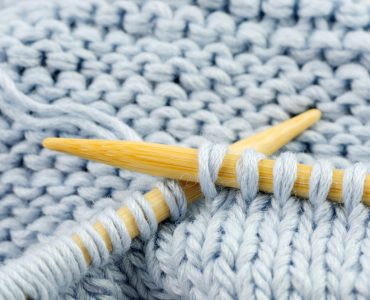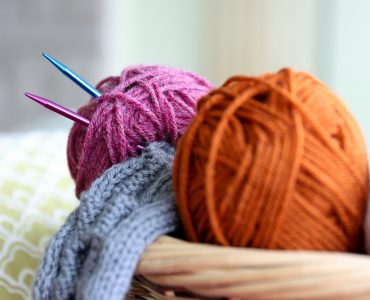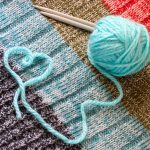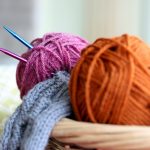Knitting is when a thread or yarn is turned into cloth through the use of needles. It consists of loops called stitches that are pulled through each other. Knitting can be done by machine or hand.
There are several methods, forms, and styles of knitting by hand, and one example is circular knitting. It is done with circular or double-pointed needles, producing a seamless tube. The knitting is cast on and the circle of stitches is joined when knitting this way. Circular knitting is worked in rounds and in a spiral movement. During the earlier times in knitting history, a set of four or five double-pointed needles were used for circular knitting. But more recently, when circular needles were created, they have been used as an alternative to the traditional form of circular knitting. Circular needles look like two short knitting needles attached by a cable between them. Moreover, different knitting needles are utilised to achieve different end products. Machines can also create circular knitting. The double bed machines can create a knitted tube by knitting on the front bed in one direction then the back bed at the return.
Furthermore, all types of sweaters are traditionally knitted in the round. The common openings such as the cardigan fronts, arm holes and necks are temporarily knitted with some extra stitches. Then, the remaining stitches are cut to create an opening, and are stitched using a stitching machine to avoid unravelling. Special stitches, unique needles, and creative techniques can give the final knitted piece a one-of-a-kind texture, colour, weight, and feel.


